 Text and photo by Grigoris A.Miliaresis
Text and photo by Grigoris A.Miliaresis
Teikyo University Budokan -and Shotokan Karate
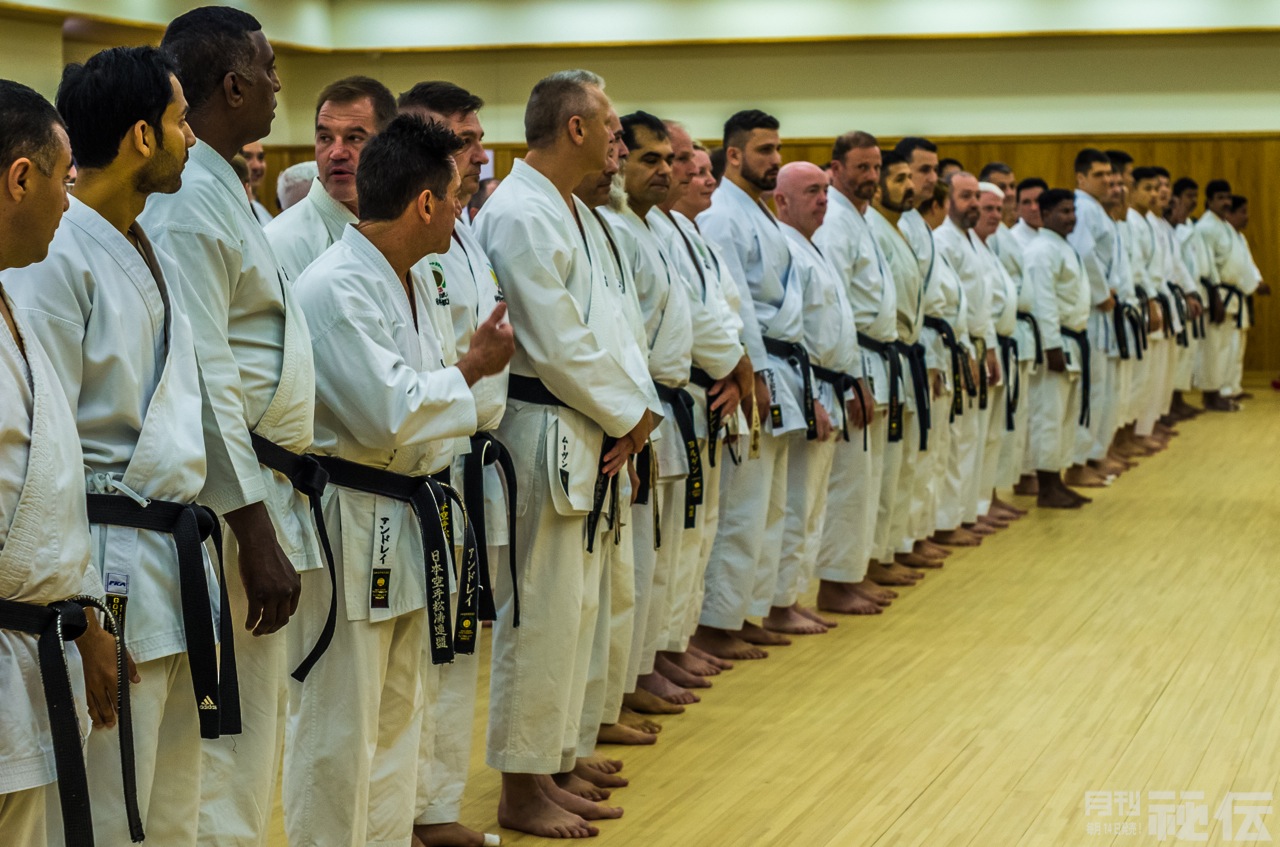 Last August it was the Japan Karate Association (JKA) seminar and last month the Japan Karate Federation (JKF) national tournament -and now Japan Karate Shoto Federation’s (JKS) seminar. It seems we’ve been dealing with karate a lot recently and this is only to be expected since for the third time in their history and for the second time in Japan the next Olympics will be featuring a martial art as one of their sports. Even people who don’t practice karate know that with it stepping into the limelight, interest in the martial arts in general will rise and everybody will benefit.
Last August it was the Japan Karate Association (JKA) seminar and last month the Japan Karate Federation (JKF) national tournament -and now Japan Karate Shoto Federation’s (JKS) seminar. It seems we’ve been dealing with karate a lot recently and this is only to be expected since for the third time in their history and for the second time in Japan the next Olympics will be featuring a martial art as one of their sports. Even people who don’t practice karate know that with it stepping into the limelight, interest in the martial arts in general will rise and everybody will benefit.
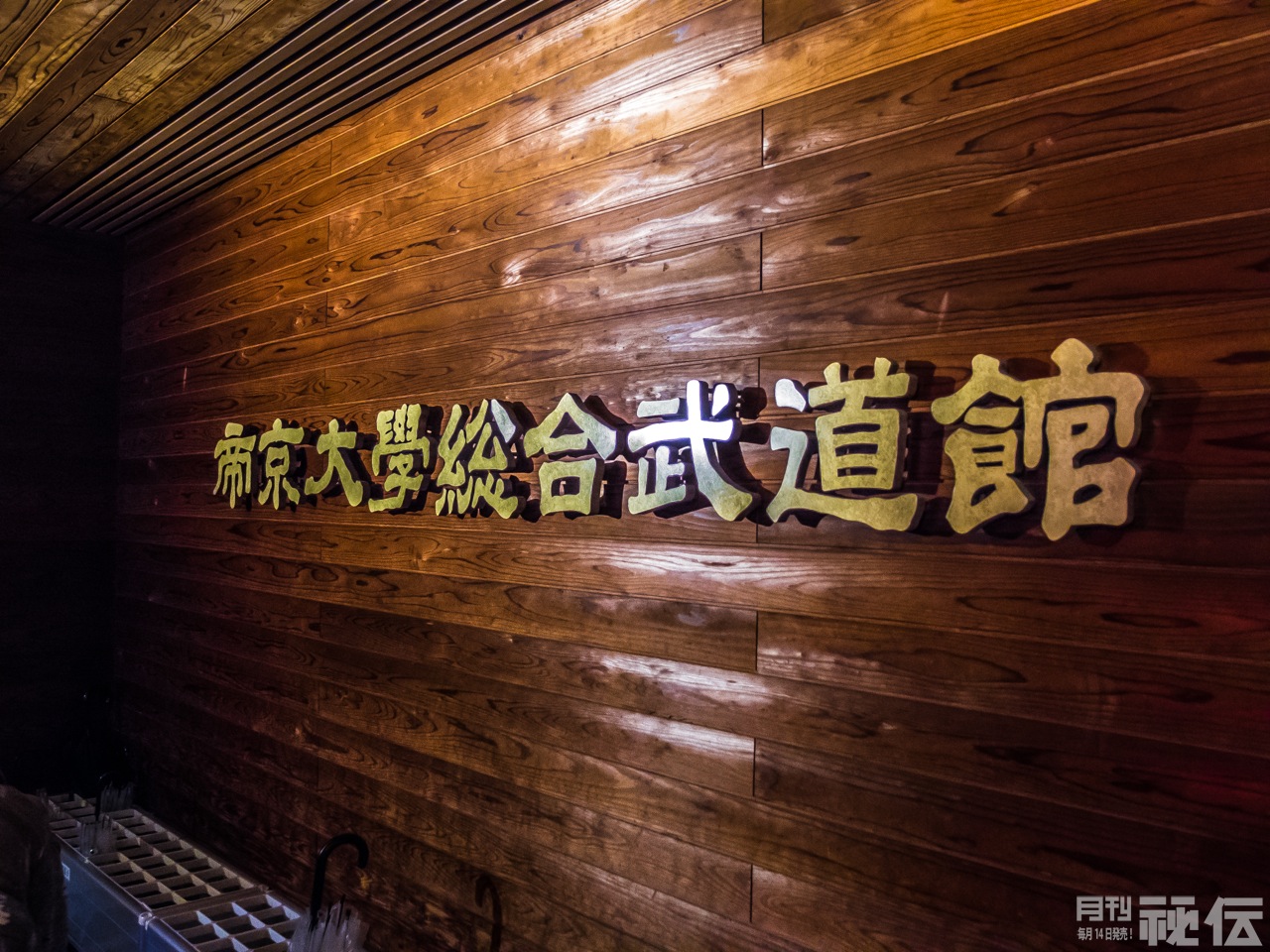 In the previous two articles I had the chance to explain clearly my position regarding karate; for those who haven’t read them, the short version is: I have strong feelings for it (especially Shotokan) since it was the first martial art I practiced, 33 years ago and I have equally strong feelings against its sport aspect, mostly because I have strong feelings against sports in general. On the other hand, I am all about trying to raise people’s awareness about it (about all martial arts, actually) so I tend to see its inclusion in the Olympics as something positive.
In the previous two articles I had the chance to explain clearly my position regarding karate; for those who haven’t read them, the short version is: I have strong feelings for it (especially Shotokan) since it was the first martial art I practiced, 33 years ago and I have equally strong feelings against its sport aspect, mostly because I have strong feelings against sports in general. On the other hand, I am all about trying to raise people’s awareness about it (about all martial arts, actually) so I tend to see its inclusion in the Olympics as something positive.
If the visit at the JKA seminar was focused on the non-sportive aspect of karate and that at the JKF tournament was the exact opposite, the JKS seminar is right in the middle. On the one hand there is the organization’s strong classic legacy that follows a straight line from Gichin Funakoshi to Masatoshi Nakayama to Tetsuhiko Asai to its present-day head, Masao Kagawa. And on the other, the distinctions at the JKF events of the members of the Karate Club of the Teikyo University which is the home base of JKS and of which Kagawa sensei is also chief instructor.
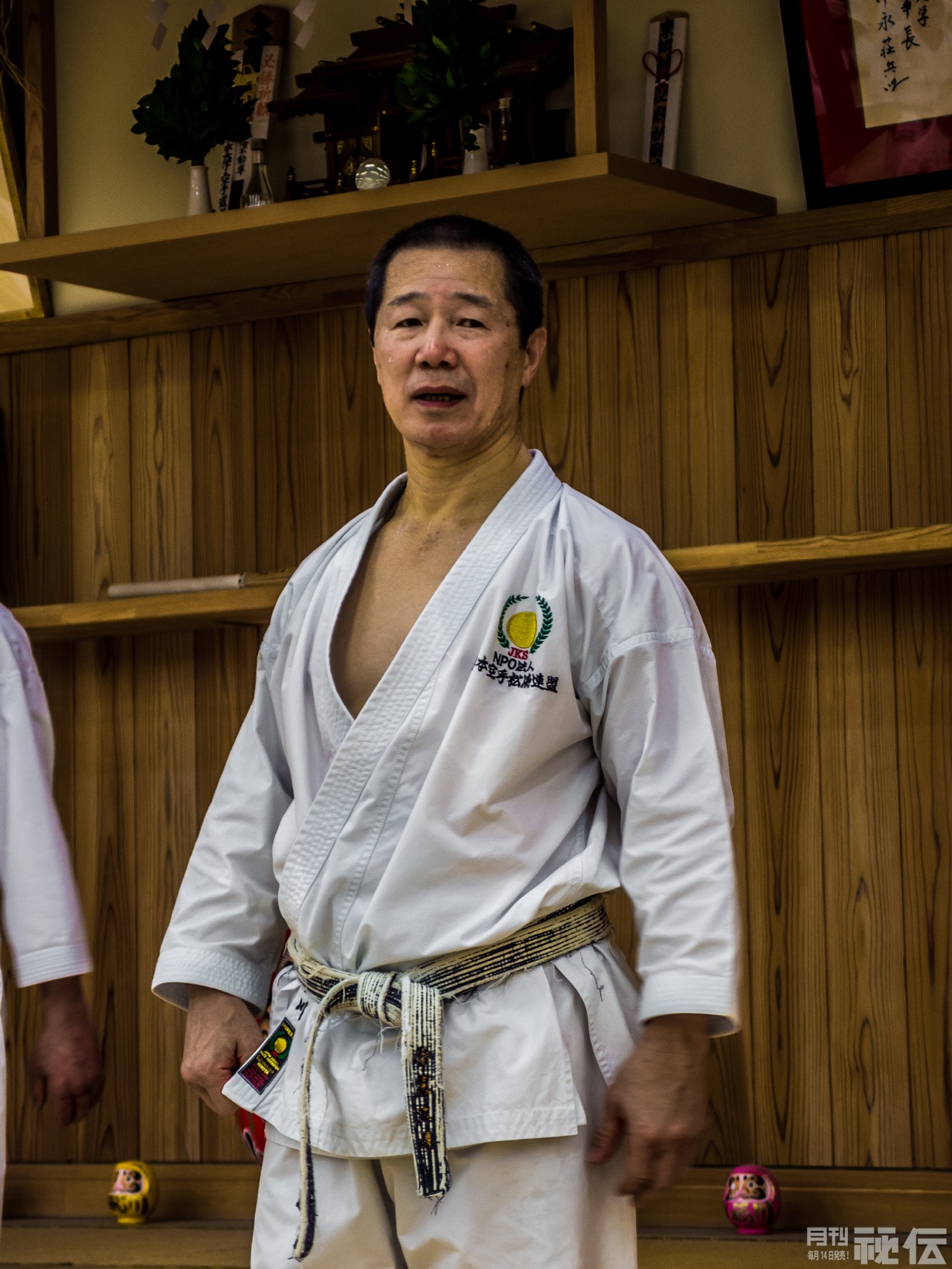
Seeing Masao Kagawa perform a kata and analyze its fighting applications it’s easy to overlook the fact that this is a man who not only is no stranger to competition but who from 1978 to 1991 has collected tens of first, second and third places in both kata and kumite nationally and internationally. In other words he’s more than qualified to see both the art and the sport in karate and to explain it in an easy-to-understand way; after spending several hours watching him closely as he was teaching the Kanku Dai kata, I have no doubt about that!
The setting for the event, JKS’s yearly international seminar was the Teikyo University Budokan at Hachioji and as soon as I stepped on the dojo’s floor I realized that it alone was worth the 1,5 hour trip from Asakusa (although to be fair, it was also a nice opportunity to take a ride on the Tama Monorail: in 10 years this was my first time!) As Kagawa sensei explained, the wood for the floor was sugi (cryptomeria) from Akita and it hadn’t been polished so it not only offered better traction but it was also warm and felt really alive.
As I, and the 170 members of JKS’ branches from 30 countries would soon find out the floor was going to be polished eventually -with sweat! After a short speech by Norman Robinson, 9th dan and pioneer of karate from South Africa who pointed out that he keeps returning to Japan for over 50 years because he admires the Japanese’s mindfulness and spirit of mutual cooperation, another by Kagawa sensei who shared a few words about the spirit of karate and about how it’s whole point is about bringing friends together and the initial warm up, the hard part began!
Thousands of kihon
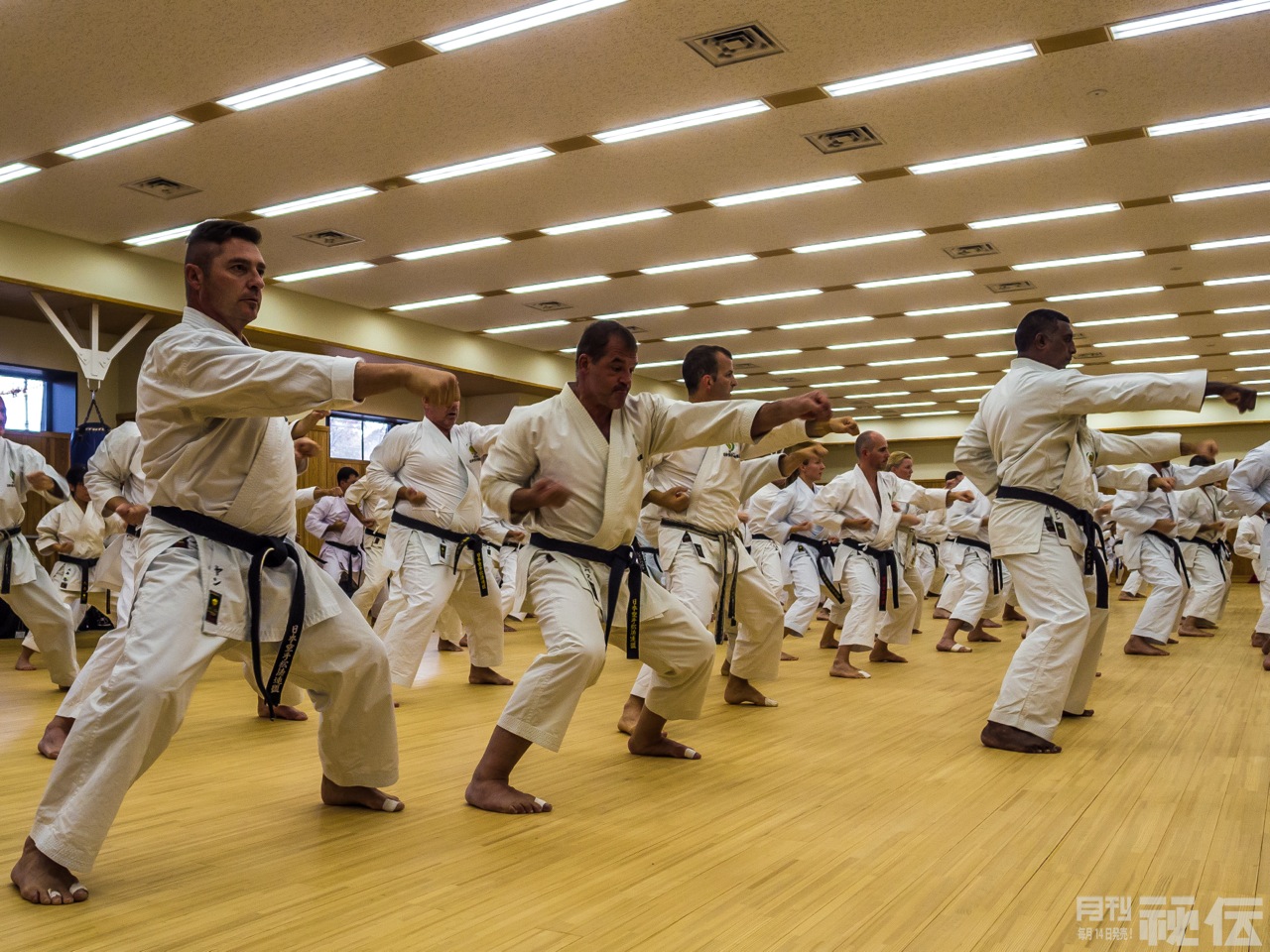 This is Shotokan so in the beginning it was of course tsuki -hundreds of them, first standing, with their power grounded to the floor and with emphasis on the snapping motion when the hit is performed and the relaxation of the muscles after it and then from a kiba-dachi stance. And with numerous other important details being pointed out: avoidance of over-extension, depth of stance, attention to the power being produced with the whole body and not just the hands and all those basics that we have all heard countless times but we all forget when we perform our techniques!
This is Shotokan so in the beginning it was of course tsuki -hundreds of them, first standing, with their power grounded to the floor and with emphasis on the snapping motion when the hit is performed and the relaxation of the muscles after it and then from a kiba-dachi stance. And with numerous other important details being pointed out: avoidance of over-extension, depth of stance, attention to the power being produced with the whole body and not just the hands and all those basics that we have all heard countless times but we all forget when we perform our techniques!
The tsuki were followed by stances: from kiba dachi to neko ashi dachi as a passage to kokutsu dachi; again, because this is Shotokan, a lot of attention was given to the depth and stability of the stances and to the smoothness of the transition from the one to the other. And, as expected, one of the main points was the importance of the hips and the abdominal area (aka koshi), and the flexing of the inner thigh muscles to the change of direction: as Kagawa sensei pointed out, this is how fast and solid changes of direction are achieved.
 At that point, the head instructor of JKS had a special treat for the seminar attendants: starting from a deep, squatting position he would slide his feet and legs to a stand, perform a standard mae-geri kick to the one side, squat again and repeat to the other side. Sounds hard? It’s worse than it sounds (I know: I tried -we all did!) and it was even worse after many sets of 10-15 repetitions. And if you are wondering, yes, Kagawa sensei performed all of them -while actually encouraging the students and reminding them how hard karate practice can be!
At that point, the head instructor of JKS had a special treat for the seminar attendants: starting from a deep, squatting position he would slide his feet and legs to a stand, perform a standard mae-geri kick to the one side, squat again and repeat to the other side. Sounds hard? It’s worse than it sounds (I know: I tried -we all did!) and it was even worse after many sets of 10-15 repetitions. And if you are wondering, yes, Kagawa sensei performed all of them -while actually encouraging the students and reminding them how hard karate practice can be!
Other than pointing out that if people do this exercise enough times every day they will manage move like JKS founder, Tetsuhiko Asai whose explosive techniques made him stand out in a crowd that included legends like Taiji Kase, Hirokazu Kanazawa, Hiroshi Shirai, Keinosuke Enoeda and Keigo Abe, the 64-year old veteran mentioned something that most people tend to forget: that karate was a pioneer in what at some point became a trend, that is, bodyweight exercise. Karateka have known for centuries that their art’s requirements can be met through exercises involving only their body weight and no other equipment.
Grading test preparation
After a short break, the next session was dedicated to technique sequences from the dan test curriculum -JKS also follows the custom of including a dan-grading test in its international seminars, allowing practitioners from all over the world to get their next dan in Japan. (Yes, we all know grades and where you get them shouldn’t matter, but we all also know that they do!) All attendees, regardless of whether they were testing or not, seemed delighted to try them and have their execution corrected; after all, techniques are techniques no matter if you are being tested or not!
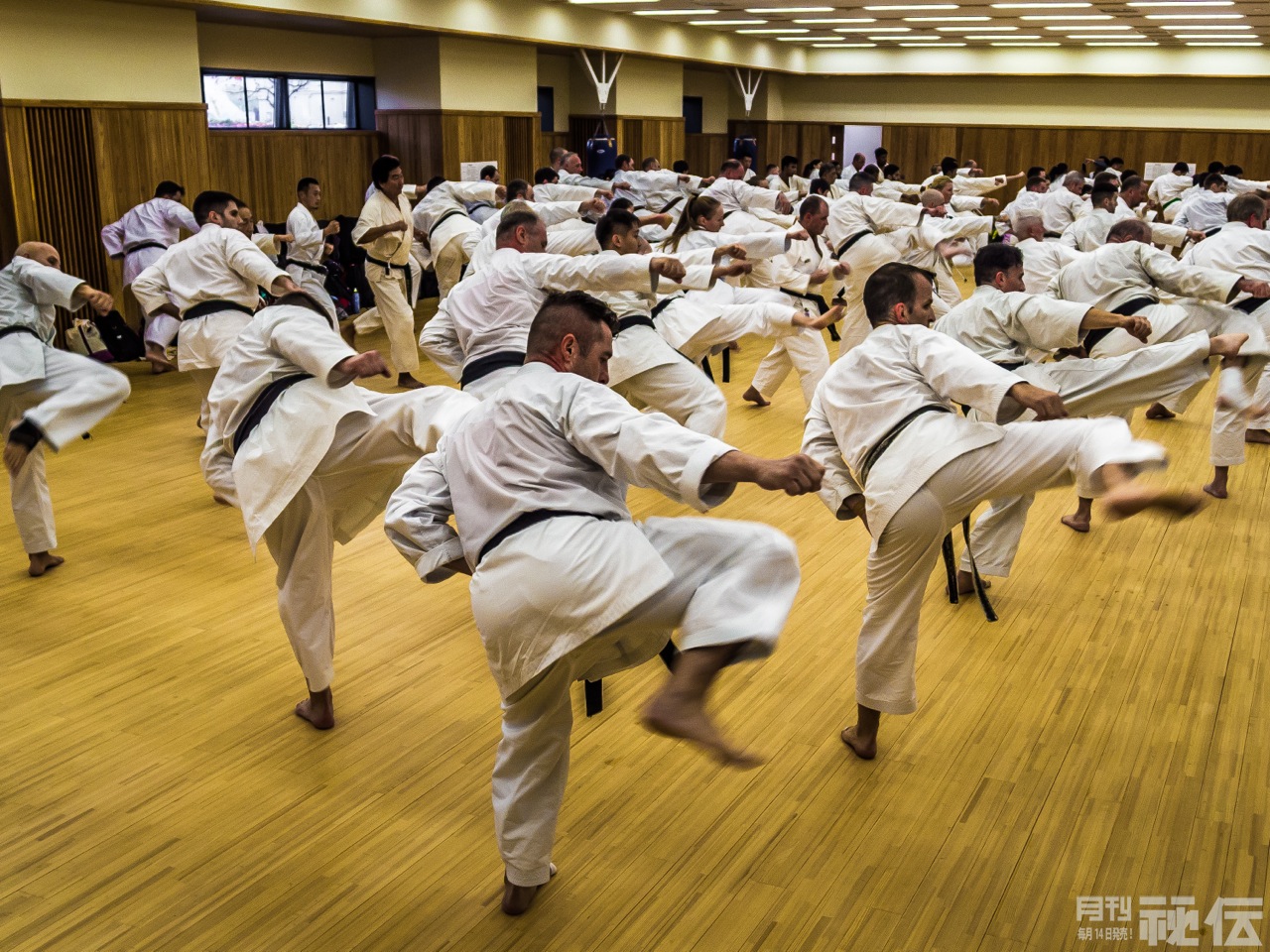 The first series was gedan-barai, shoto-uke, gedan-barai, kizami-zuki and gyaku-zuki, the next one was a series of three tsuki (sanbon-zuki) from a boxer’s guard position, the third one was kizami-zuki, mae-geri and kizami-zuki and the last was age-uke, mawashi-geri, body turn, ushiro-geri and gyaku-zuki. All four sequences were executed with emphasis to explosive attacks (especially the hand techniques) starting from the hip/koshi area but without compromising the stances and the balance. Also, Kagawa sensei stressed several times the importance of having an understanding and awareness of which muscles are flexed and which are relaxed at every moment during the techniques’ execution.
The first series was gedan-barai, shoto-uke, gedan-barai, kizami-zuki and gyaku-zuki, the next one was a series of three tsuki (sanbon-zuki) from a boxer’s guard position, the third one was kizami-zuki, mae-geri and kizami-zuki and the last was age-uke, mawashi-geri, body turn, ushiro-geri and gyaku-zuki. All four sequences were executed with emphasis to explosive attacks (especially the hand techniques) starting from the hip/koshi area but without compromising the stances and the balance. Also, Kagawa sensei stressed several times the importance of having an understanding and awareness of which muscles are flexed and which are relaxed at every moment during the techniques’ execution.
Another break followed and when it was over, Kagawa sensei made another brief speech about an IOC meeting that took place in Japan and during which four activities were chosen to present the spectrum of Japan’s culture -they were shodo calligraphy, piano, taiko drumming and karate and for the latter, seven JKS karateka were chosen, four from the Teikyo University Karate Club and three members from abroad. Two of the three were there and talked about the experience of demonstrating their art in front of the IOC and a crowd of 1,200 people and stressed how karate brings people together.
Deep into the Kanku Dai kata
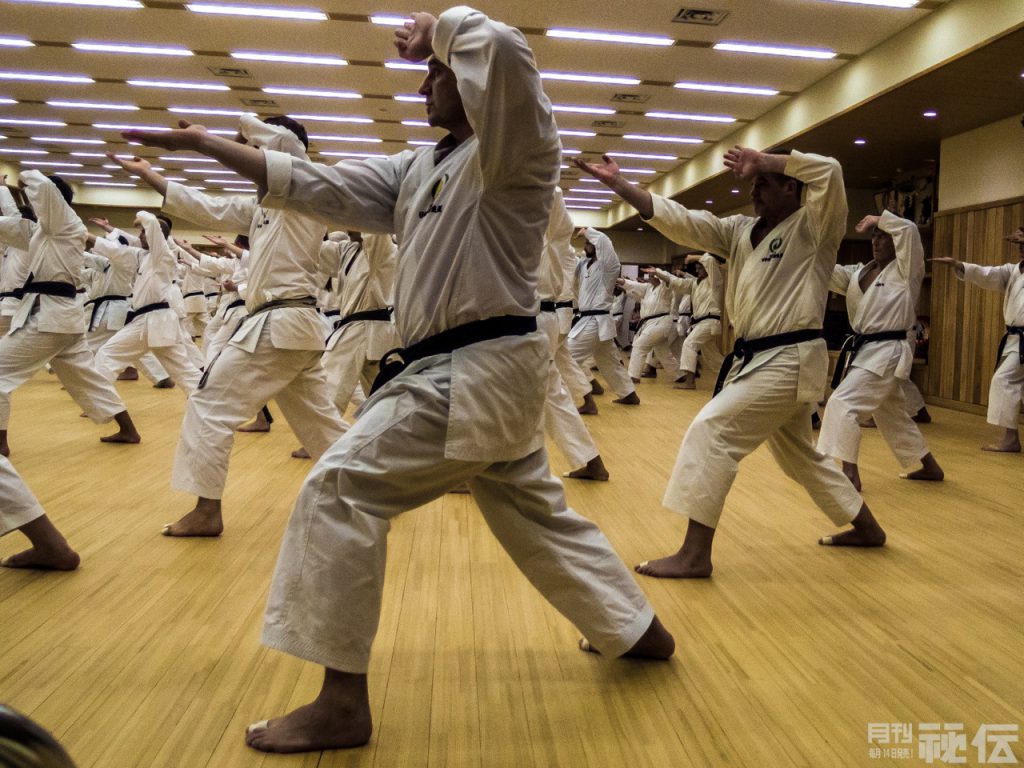
 The next part was, for me anyway, the seminar’s highlight: it was a study of the kata Kanku Dai, which, according to Masatoshi Nakayama, historic co-founder and leader of JKA for almost 40 years, is Shotokan karate’s cornerstone. First the seminar attendees performed the kata several times without any intervention, then they watched a breathtaking performance by former world champion and JKS instructor Koji Arimoto and then the real lesson started: using his instructors as models, and occasionally joining them, Kagawa sensei analyzed every kata movement, demonstrated the best way to do it and explained how to execute said way.
The next part was, for me anyway, the seminar’s highlight: it was a study of the kata Kanku Dai, which, according to Masatoshi Nakayama, historic co-founder and leader of JKA for almost 40 years, is Shotokan karate’s cornerstone. First the seminar attendees performed the kata several times without any intervention, then they watched a breathtaking performance by former world champion and JKS instructor Koji Arimoto and then the real lesson started: using his instructors as models, and occasionally joining them, Kagawa sensei analyzed every kata movement, demonstrated the best way to do it and explained how to execute said way.
This is where the first part of the practice clicked: all the movements and isolated techniques the students had practiced as kihon drills in the beginning were the modules that make up Kanku Dai –the changes of direction, the blocks, the punches and the kicks that Kagawa sensei emphasized two hours ago all found their place in the kata and having worked on them already, the students looked like they found it easier to perform correctly. And with every new execution their form was improving despite the fact that this is one of the most demanding kata in Shotokan’s curriculum.
Shotokan legend has it that Kanku Dai was Gichin Funakoshi’s favorite kata and just by looking at it you can tell why: almost all of karate’s signature techniques are in there and there are hints (if you know where to look for -and Kagawa sensei made sure to point them out for those who didn’t) of jujutsu techniques like arm bars, controls and throws -even a tomoe-nage (!) that make karate a much more rounded art than most people think. And at 65 movements and with its famous jumping double nidan-geri kick, it’s certainly one of the art’s most demanding!
Kata in action
 This section, with seminar participants teaming up and trying the various applications according to Kagawa sensei’s bunkai analysis proved to be the most enjoyable. Karate kata practice is usually a solitary activity and having the chance to go over the moves with someone else and see your techniques at work is a good reminder of why teachers since the beginnings of karate in Okinawa considered kata essential. Those who think kata are just a performance should practice this way more often; judging from the ease JKS members executed the techniques, it seems they do and this certainly helps their karate.
This section, with seminar participants teaming up and trying the various applications according to Kagawa sensei’s bunkai analysis proved to be the most enjoyable. Karate kata practice is usually a solitary activity and having the chance to go over the moves with someone else and see your techniques at work is a good reminder of why teachers since the beginnings of karate in Okinawa considered kata essential. Those who think kata are just a performance should practice this way more often; judging from the ease JKS members executed the techniques, it seems they do and this certainly helps their karate.
 During this part, Kagawa sensei seemed to be everywhere, explaining points and even working with the students to help them understand them better. At the same time, he kept on introducing them to interesting bits of information like, for example his comment about Gichin Funakoshi’s high kamae who have made many critics of modern karate theorize that the low stances we now know are a recent change. According to Kagawa sensei, older pictures of the founder showed him perform gedan barai blocks very low –apparently the reason he doesn’t do that in the pictures we usually see is his age!
During this part, Kagawa sensei seemed to be everywhere, explaining points and even working with the students to help them understand them better. At the same time, he kept on introducing them to interesting bits of information like, for example his comment about Gichin Funakoshi’s high kamae who have made many critics of modern karate theorize that the low stances we now know are a recent change. According to Kagawa sensei, older pictures of the founder showed him perform gedan barai blocks very low –apparently the reason he doesn’t do that in the pictures we usually see is his age!
Smiles all around
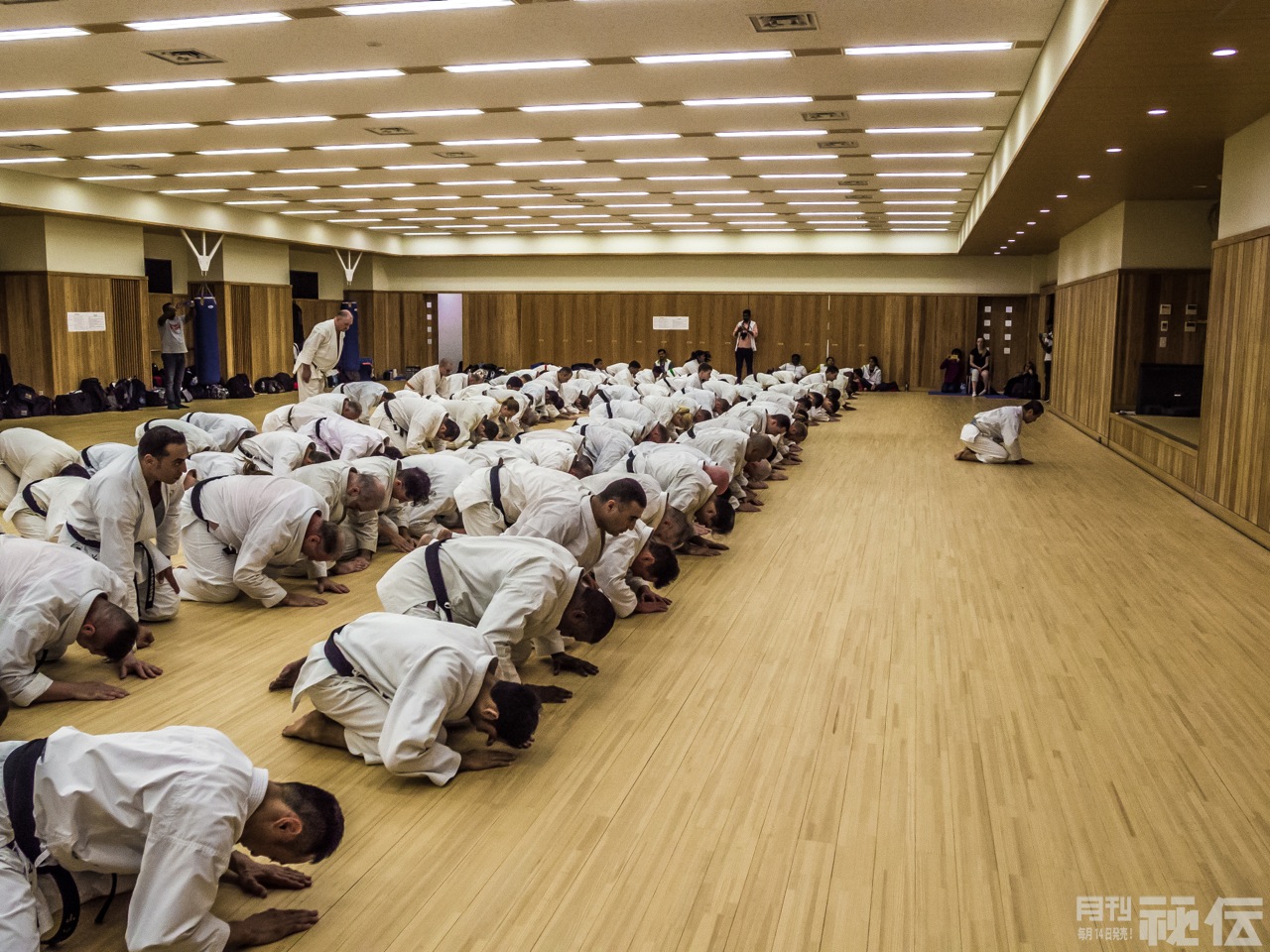 Applications’ practice went on for about an hour, then the whole group executed Kanku Dai for the last time (and, predictably, much better than before!) and then it was time for stretching and the final bow. Everyone looked happy, everyone was smiling and from the chats we picked here and there while preparing to leave, it was clear that everyone had learned something new and had broadened their understanding of karate a little more; obviously I can’t tell what was really in Kagawa sensei’s mind when he was walking out but I have a feeling he must have been pleased.
Applications’ practice went on for about an hour, then the whole group executed Kanku Dai for the last time (and, predictably, much better than before!) and then it was time for stretching and the final bow. Everyone looked happy, everyone was smiling and from the chats we picked here and there while preparing to leave, it was clear that everyone had learned something new and had broadened their understanding of karate a little more; obviously I can’t tell what was really in Kagawa sensei’s mind when he was walking out but I have a feeling he must have been pleased.
This generation of karate teachers has an important advantage over all the previous ones: in their days, karate has the potential to become more popular than ever and, consequently, research and development around it can reach levels unheard of until now. Organizations like the JKS are in the perfect position to not only benefit from this but to help drive and shape it; as a former karate enthusiast who caught a fleeting glimpse of the Nakayama Era, I am really looking forward with anticipation to the years that are going to follow and to the future face of the art!
 About the author
About the author
Grigoris Miliaresis has been practicing Japanese martial arts since 1986. He has dan grades in judo, aikido and iaido and has translated in Greek over 30 martial arts’ books including Jigoro Kano’s “Kodokan Judo”, Yagyu Munenori’s “The Life-Giving Sword”, Miyamoto Musashi’s “Book of Five Rings”, Takuan Shoho’s “The Unfettered Mind” and Donn Draeger’s “Martial Arts and Ways of Japan” trilogy. Since 2007 his practice has been exclusively in classic schools: Tenshin Buko-ryu Heiho under Ellis Amdur in Greece and Kent Sorensen in Japan and, since 2016, Ono-ha Itto-ryu under 17th headmaster Sasamori Takemi and 18th headmaster Yabuki Yuji.
http://about.me/grigorismiliaresis














